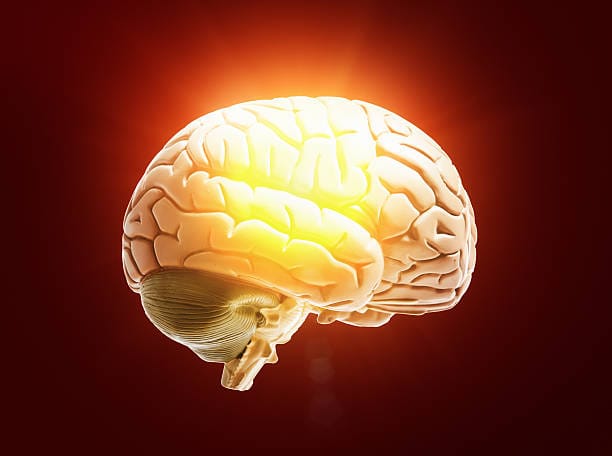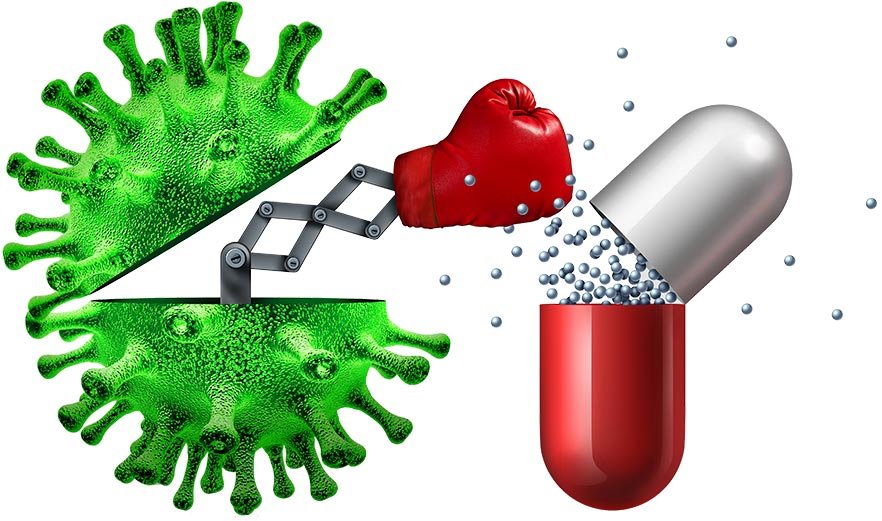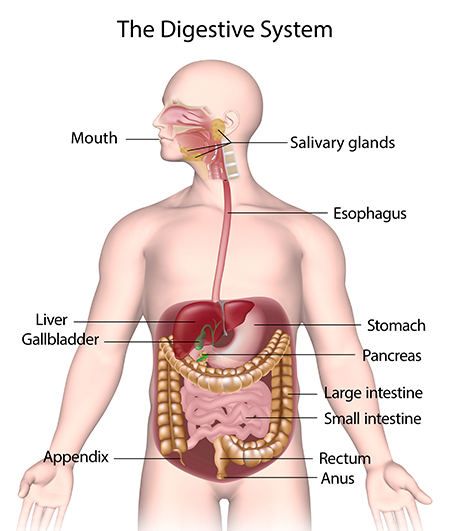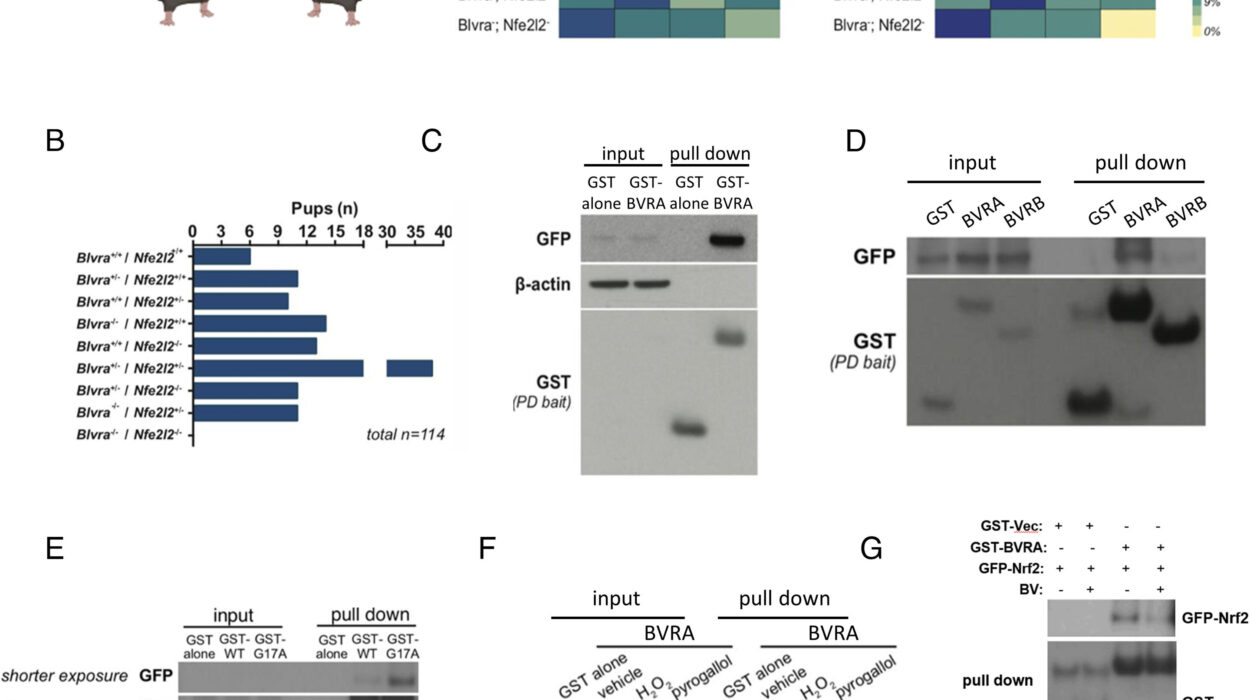Amyotrophic lateral sclerosis, commonly known as ALS or Lou Gehrig’s Disease, is one of the most devastating and mysterious neurological disorders. It is a disease that robs individuals of their ability to move, speak, and eventually breathe, all while leaving the mind untouched. For those who are diagnosed with ALS, the journey is often marked by a sense of helplessness, not just from the physical limitations it imposes but also because it is a disease that comes without clear answers or a reliable cure.
Named after the famous baseball player Lou Gehrig, who was diagnosed with the disease in 1939, ALS has since captivated the public’s attention and become synonymous with a debilitating loss of motor function. However, the disease itself remains shrouded in mystery, with scientists and medical professionals working tirelessly to unravel its causes, progression, and potential treatments.
But what exactly is ALS? What causes it, and why is it so difficult to treat? To truly understand ALS, one must explore not just the biological mechanisms of the disease but also the personal stories of those who live with it.
The Nervous System: The Engine Behind Movement
The human nervous system is a vast network of cells, organs, and tissues that work in harmony to control every action, thought, and sensation. The brain, spinal cord, and peripheral nerves form the core of this network. When we move, think, or react to stimuli, our brain sends electrical signals down the spinal cord and through the nerves to activate muscles in different parts of the body.
At the center of ALS are the motor neurons—specialized cells that send signals from the brain and spinal cord to the muscles, telling them when and how to move. These motor neurons are like the messengers of the nervous system, passing on commands from the brain. When ALS strikes, it targets these very cells, leading to their gradual degeneration and eventual death.
How ALS Affects the Body
As motor neurons die, the muscles they control begin to weaken and waste away. This progression is insidious, with initial symptoms often starting as minor and easily overlooked. Many people with ALS experience subtle muscle twitches or slight weakness in one part of their body. This could be a minor difficulty with lifting a leg or gripping an object. These initial symptoms often appear in an asymmetrical pattern, making them even harder to detect.
However, over time, the impact of ALS grows more apparent and devastating. As the motor neurons die off, the muscles they control become paralyzed. Eventually, this paralysis spreads throughout the body, robbing individuals of their ability to speak, swallow, and breathe. The loss of voluntary muscle control is complete, but the mind remains sharp and aware, a cruel paradox of the disease.
The Role of the Upper and Lower Motor Neurons
The motor neurons are divided into two categories: upper motor neurons and lower motor neurons. Upper motor neurons originate in the brain and travel down the spinal cord to communicate with the lower motor neurons. Lower motor neurons, in turn, carry these messages from the spinal cord to the muscles.
In ALS, both types of motor neurons are affected. The upper motor neurons become damaged first, leading to the early signs of spasticity, or muscle stiffness. The lower motor neurons follow, resulting in muscle weakness and wasting. As these neurons deteriorate, the ability to control voluntary muscle movements deteriorates as well, making even simple actions like walking, eating, or talking increasingly difficult.
ALS: The Unknown Cause
One of the most frustrating aspects of ALS is the lack of a clear cause. While most cases of ALS occur sporadically, with no known family history of the disease, a small percentage of cases are hereditary. In familial ALS, which accounts for roughly 5 to 10 percent of all cases, there is a clear genetic mutation that predisposes individuals to develop the disease. However, for the vast majority of people diagnosed with ALS, there is no identifiable cause.
Researchers believe that ALS might result from a combination of genetic and environmental factors, but no single factor has been conclusively identified. Some theories suggest that environmental toxins, viruses, or autoimmune responses could trigger ALS in genetically susceptible individuals. Others speculate that oxidative stress—damage caused by harmful molecules called free radicals—might play a role in the degeneration of motor neurons. But despite extensive research, the precise cause of ALS remains elusive.
Genetic Factors: The Rare Familial Form
In the case of familial ALS, researchers have identified several genes that play a role in the development of the disease. One of the most well-known is the SOD1 gene, which provides instructions for making an enzyme called superoxide dismutase. This enzyme helps protect cells from oxidative damage. Mutations in the SOD1 gene can lead to a buildup of toxic proteins, which may cause the death of motor neurons. Other genes, such as C9ORF72, TDP-43, and FUS, have also been implicated in familial ALS, though these are less common.
While these genetic mutations account for a small portion of ALS cases, they have provided researchers with valuable insights into the mechanisms of the disease. However, the role of genetics in sporadic ALS remains unclear. Many researchers believe that a complex interplay of genetic and environmental factors may contribute to the development of ALS, but this remains an area of intense study and debate.
Signs and Symptoms: The Subtle Beginnings
ALS typically begins with subtle symptoms that can easily be mistaken for other conditions. Early on, individuals might notice weakness or stiffness in one limb, or they may experience muscle twitching (fasciculations) or cramping. This might be attributed to aging or overexertion. Over time, these symptoms worsen and spread to other parts of the body.
One of the most telling signs of ALS is the asymmetric nature of the symptoms. ALS often begins on one side of the body and progresses more rapidly in that area. For instance, a person might first notice weakness in their hand or foot, making it difficult to grip objects or walk. As the disease progresses, it spreads to other areas, affecting speech, swallowing, and even the ability to breathe.
People with ALS often struggle with muscle spasticity and hyperreflexia—exaggerated reflexes that make movements jerky and difficult. Over time, the muscles become progressively weaker, and the person may lose the ability to perform daily activities such as eating, dressing, or walking.
The Mental and Emotional Impact
While ALS primarily affects the body, the emotional and mental toll it takes on individuals and their families cannot be understated. The gradual loss of physical function is heartbreaking, but the fact that the mind remains unaffected makes it all the more cruel. Many individuals with ALS experience feelings of frustration, sadness, and helplessness as they watch their bodies deteriorate, while their cognitive abilities remain intact.
This paradox often leads to a profound sense of isolation. As the person loses the ability to communicate or care for themselves, they may feel cut off from the world around them. Family members and caregivers face their own emotional challenges as they watch their loved ones struggle with the disease.
Furthermore, ALS can lead to changes in mood and personality. Some individuals experience increased irritability or emotional lability, where they may laugh or cry uncontrollably. These changes are thought to be linked to the damage in certain areas of the brain, though they can also result from the emotional strain of living with a progressive illness.
Diagnosis: A Long and Uncertain Path
Diagnosing ALS is not always straightforward. There is no single test that can definitively confirm the disease. Instead, doctors rely on a combination of clinical evaluations, medical history, and a variety of diagnostic tests to rule out other potential causes of the symptoms.
A neurologist will often conduct a thorough physical and neurological examination to check for signs of weakness, spasticity, and abnormal reflexes. Electromyography (EMG) and nerve conduction studies are commonly used to assess the health of the motor neurons and the muscles they control. Blood tests and imaging studies, such as MRI scans, may be ordered to exclude other conditions that could mimic ALS, such as multiple sclerosis or spinal cord tumors.
Even after these tests, it can take months or even years to receive a definitive diagnosis of ALS. In many cases, the diagnosis is made by a process of elimination, and doctors will continue to monitor the progression of symptoms over time.
The Progression of ALS: A Relentless Path
The progression of ALS varies greatly from person to person. Some individuals experience a rapid decline in function, while others may live with the disease for several years before significant symptoms emerge. On average, however, most individuals with ALS live for about 2 to 5 years after their diagnosis. In some rare cases, individuals may live for 10 years or longer.
As the disease advances, individuals lose the ability to perform basic functions. Mobility is often the first to go, with individuals requiring wheelchairs as muscle strength diminishes. Speech becomes slurred and eventually impossible, and swallowing difficulties can lead to choking and malnutrition. In the later stages of the disease, the muscles that control breathing become weakened, leading to respiratory failure and, ultimately, death.
While there is no cure for ALS, the progression of the disease can sometimes be slowed with treatment. Medications like riluzole and edaravone have been shown to modestly prolong survival and reduce the severity of symptoms. Other forms of care, including physical therapy, speech therapy, and respiratory support, can help improve quality of life and maintain function for as long as possible.
Living with ALS: Hope and Resilience
Despite the grim nature of ALS, many
individuals and families choose to focus on living each day to the fullest. ALS does not define who a person is, and those with the disease often find strength and meaning in their relationships, their passions, and their fight against the disease. Advocacy groups and organizations, such as the ALS Association, have worked tirelessly to raise awareness, fund research, and support families affected by ALS.
While the search for a cure continues, advances in scientific research offer hope. New treatment options, clinical trials, and breakthroughs in genetic understanding are bringing scientists closer to unraveling the mysteries of ALS. In the meantime, the courage and determination of those living with the disease continue to inspire people worldwide, serving as a reminder that even in the face of relentless adversity, the human spirit is indomitable.






